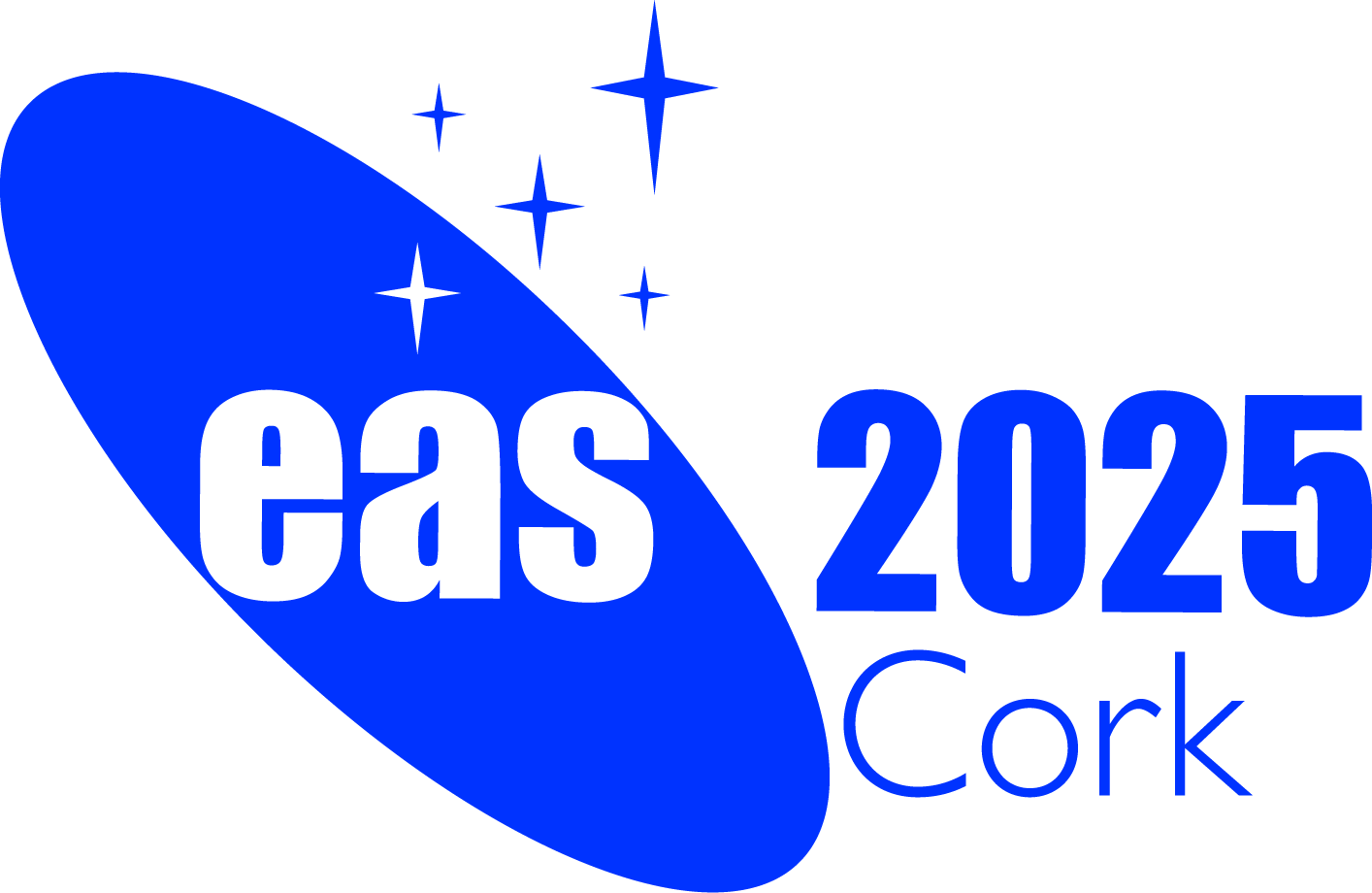Special Session SS22
26 June 2025
Modelling the first billion years
Aims and scope
During the first billion years, the Universe underwent its most dramatic transformation, evolving from a neutral, chemically simple state to an ionized, metal-enriched, and morphologically complex structure. This period represents a pivotal chapter in cosmic history, yet much about it remains poorly understood.
Key questions remain:
- How long did reionization last?
- What were the properties of the first stars?
- Could black hole seeds at high redshift lead to the formation of supermassive black holes?
- How rapid was chemical enrichment and how did it occur in early galaxies?
- What is the nature of stellar populations of galaxies during this epoch?
Despite the uncertainties, significant progress has been made in the past decade toward understanding the formation and evolution of the first stars, galaxies, and black holes. Notable advancements include the new window opened by gravitational waves, strides in the study of the cosmological 21-cm line, ongoing developments in stellar archaeology and the unprecedented insights into the earliest galaxies provided by JWST. As observational capabilities grow, the need for robust simulations becomes increasingly critical. Simulations not only aid in interpreting current data but also offer predictions for the next generation of telescopes. This session aims to unite theorists to share the latest advancements and challenges of modeling all aspects of the first billion years of the evolution of the Universe. Thereby allowing us to bring together researchers from various subfields to engage in in-depth discussions and to develop connections across multiple synergistic areas such as star formation, stellar evolution, stellar clusters, binary interactions, chemistry, radiation, and cosmology.
Programme
Invited speakers
- Simon Glover on 'The First Stars', Heidelberg University
- Anastasia Fialkov on 'Modelling the Cosmological 21-cm Signal', University of Cambridge
- Joop Schaye on 'Early Structure Evolution', Leiden University
- Marta Volonteri on 'Cosmic Evolution of Massive Black Holes', Institut Astrophysique de Paris
- Stefania Salvadori on 'Chemical Evolution at High-z' , University of Florence
- Pierre Ocvirk on 'Simulating the Cosmic Dawn', University of Starsbourg
Scientific organisers
Nina Sartorio (Chair; Ghent University, Belgium),
Harry Bevins (University of Cambridge, UK),
Boyuan Liu (Heidelberg University, Germany),
Ilian Iliev (University of Sussex, UK),
Irina Dvorkin (Institut d'Astrophysique de Paris - IAP, France),
Matthieu Schaller (Leiden University, Netherlands),
Luke Conaboy (University of Nottingham, UK),
Dauwe Bulckaen (Ghent University, Belgium)
Contact
Should you have any questions regarding this session please contact the SOC chair at NSartorio @ UGent.be
Updated on Mon Feb 10 12:02:18 CET 2025
|

 A power cut will shut down all EAS services on Tuesday, 10 January 2017 starting at 7:30 CET.
A power cut will shut down all EAS services on Tuesday, 10 January 2017 starting at 7:30 CET.

